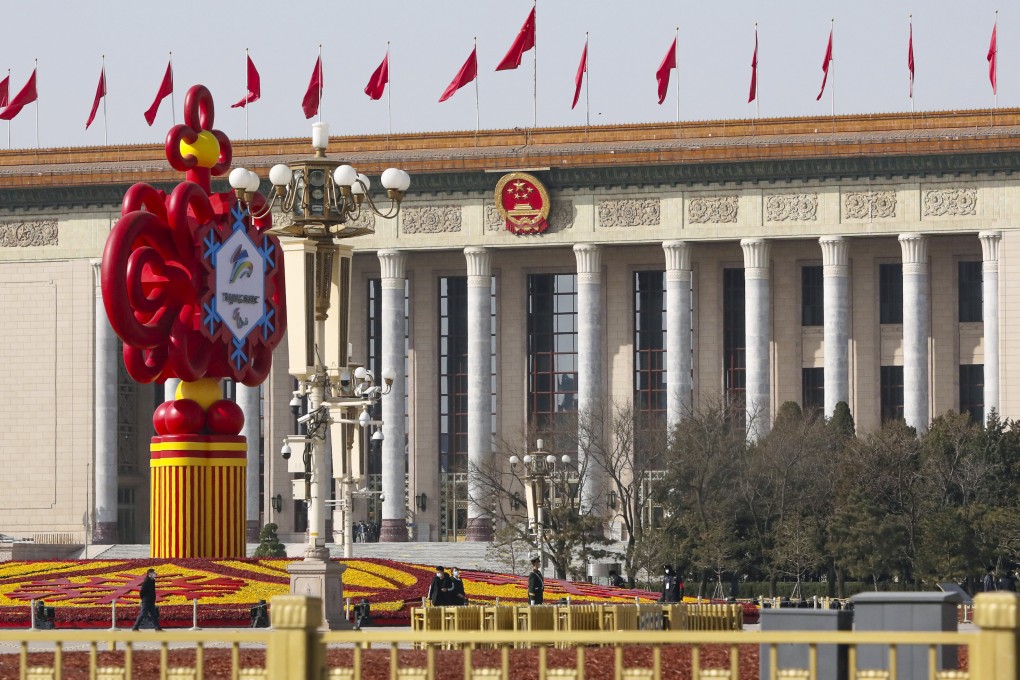‘Two sessions’ 2022: with China’s debt and economic outlooks on tap for policy-setting meetings, analysts weigh in
- Rebound in infrastructure investment growth seen filling ‘a small part of the gap left by slowing export growth, the large property sector contraction and the rising costs of China’s zero-Covid strategy’
- As China’s poorer regions face growing economic pressure, deteriorating financial conditions may warrant more fiscal support from Beijing

Despite its slowing economic growth, China may not raise its fiscal deficit target significantly and is likely to refrain from excessive stimulus to prevent the further build-up of aggressive debt by local governments, according to analysts.
The report usually sums up the country’s economic and social development from the previous year and lays out general guidelines for government policies for the current year, including its fiscal spending targets.
A careful balance of growth and debt management looks to top the agenda for Beijing in the coming months and will be highlighted in the work report, analysts said.
Iris Pang, chief economist for Greater China at ING, estimated that the fiscal deficit target would be set at 3.2 per cent of China’s GDP, with a “moderate” rise in the quota of local governments’ special-purpose bonds, which are funnelled into infrastructure spending.